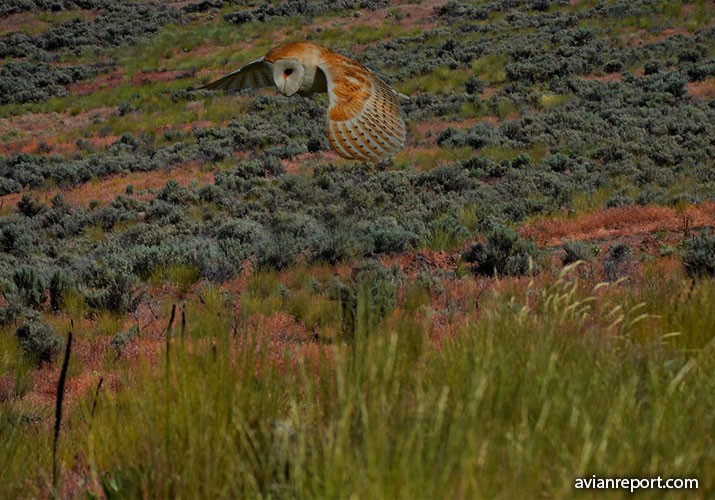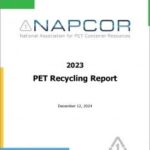Barn Owls, with their distinctive heart-shaped faces and haunting calls, have captivated human imagination for centuries. These nocturnal birds of prey are admired for their hunting prowess and their role in controlling rodent populations in natural and agricultural landscapes. This fascination naturally leads to a common question: Are Barn Owls Good Pets? While their beauty and mystique are undeniable, the reality of keeping a barn owl as a pet is far more complex than many might imagine. This article dives deep into the essential aspects of barn owl behavior, needs, and legal considerations to definitively answer whether these majestic creatures are suitable for domestic life.
Understanding Barn Owls: Nature and Behavior
Before considering a barn owl as a pet, it’s crucial to understand their natural biology and behaviors. Barn owls (Tyto alba) are wild animals with specific needs and instincts developed for survival in the wild, not for thriving in a domestic setting.
Natural Habitat and Habits
Barn owls are incredibly widespread, inhabiting diverse open habitats across the globe, from grasslands and agricultural fields to marshes and scrublands. They are nocturnal hunters, perfectly adapted to their nighttime lifestyle. Their exceptional hearing, aided by their facial disc, allows them to pinpoint the location of prey in complete darkness. They fly silently and efficiently, swooping down to capture small mammals like voles, mice, and rats. This natural hunting behavior is fundamental to their existence and cannot be easily replicated in a typical home environment.
Diet and Mess
A barn owl’s diet consists primarily of whole prey – small mammals consumed bones, fur, and all. This natural diet is essential for their health, providing necessary nutrients and roughage. In captivity, this translates to a diet of commercially sourced rodents, which can be expensive, and, for some, unpleasant to handle. Furthermore, owls cannot digest all parts of their prey. They regurgitate indigestible material like bones and fur in the form of pellets. In addition to pellets, their droppings are liquid and copious, making hygiene a significant challenge for anyone considering keeping them indoors.
Natural Behaviors and Sounds
Barn owls are not quiet creatures. They communicate through a range of vocalizations, most notably a loud, piercing shriek. While fascinating in their natural habitat, these nighttime calls can be disruptive in a domestic environment. They are also naturally shy and easily stressed by human interaction. While they are not inherently dangerous, they are wild animals and can bite or scratch if they feel threatened or mishandled.
The Legality of Owning a Barn Owl
One of the first and most critical hurdles in considering a barn owl as a pet is legality. In most countries, including the United States and the United Kingdom, it is illegal to own a barn owl without the proper permits.
Permits and Regulations
Barn owls are protected under laws such as the Migratory Bird Treaty Act in the U.S. This legislation prohibits the possession of migratory birds, their parts (feathers, bones), nests, and eggs without federal authorization. Obtaining a permit to keep a barn owl is extremely difficult and is generally only granted to licensed wildlife rehabilitators, educators, or researchers. The process involves demonstrating specialized facilities, knowledge of owl care, and a valid reason for needing to keep a protected bird. Simply wanting a barn owl as a pet is not a valid reason for obtaining a permit.
Conservation Status
While barn owls are not globally endangered, their populations face threats from habitat loss, pesticide use, and collisions with vehicles. Removing a barn owl from the wild to keep as a pet would not only be illegal but also detrimental to conservation efforts. It’s essential to remember that these birds play a vital role in their ecosystems, and their place is in the wild.
Why Barn Owls Don’t Make Good Pets: Practical and Ethical Considerations
Beyond the legal restrictions, there are numerous practical and ethical reasons why barn owls are unsuitable as pets.
Nocturnal Lifestyle Mismatch
Barn owls are naturally nocturnal, meaning they are most active during the night and sleep during the day. This is the opposite of the typical human schedule. Owning a nocturnal pet can be disruptive to your sleep patterns and daily life. Their activity at night can be noisy and demanding, while during the day, they would primarily be inactive.
Specialized Dietary Needs
As mentioned earlier, barn owls require a diet of whole prey. Providing this diet in captivity is not only costly but also requires a commitment to sourcing and handling dead animals. Pet food stores do not stock appropriate food for owls, and a deficiency in their natural diet can lead to serious health problems.
Mess and Hygiene Issues
Owls are not clean pets. Their droppings are liquid and difficult to manage. The regurgitation of pellets is another messy aspect of owl ownership. Maintaining a hygienic environment for a barn owl in a home setting is a significant challenge and requires constant cleaning.
Wild Instincts and Training Challenges
Barn owls are wild animals with strong instincts. They are not domesticated and do not possess the same capacity for companionship as typical pets like dogs or cats. Training an owl is vastly different from training a dog. Their behaviors are driven by instinct, and they are not motivated by the same rewards as domesticated animals. Attempting to force them into a pet mold can be stressful and harmful to the owl.
Ethical Considerations
Perhaps the most important consideration is the ethical aspect. Keeping a wild animal like a barn owl as a pet deprives it of its natural life. They are meant to fly freely, hunt in their natural habitat, and engage in natural behaviors. Confining them to a cage or domestic environment, no matter how well-intentioned, is fundamentally against their well-being. Ethically, wild animals belong in the wild.
Alternatives to Pet Ownership: Supporting Owls and Wildlife
If your fascination with barn owls stems from a love of these creatures and a desire to help them, there are many positive and ethical ways to engage with owls without attempting to keep them as pets.
Supporting Conservation Efforts
Supporting local and national wildlife conservation organizations that work to protect barn owl habitats is a meaningful way to help these birds. Donating to or volunteering with organizations dedicated to habitat preservation and owl conservation can make a real difference in their survival.
Birdwatching and Observation
Enjoying barn owls in their natural environment through birdwatching is a rewarding and responsible way to appreciate them. Learning about local owl habitats and visiting areas where they are known to reside can provide opportunities to observe them in the wild. Remember to always observe wildlife from a respectful distance and avoid disturbing their natural behaviors.
Educational Opportunities
Educating yourself and others about barn owls is another valuable way to contribute. Learn about their ecology, conservation challenges, and the importance of respecting wildlife. Share your knowledge with others to foster a greater appreciation for these magnificent birds and the natural world.
Conclusion: Barn Owls are Wild, Not Pets
In conclusion, while the allure of owning a barn owl might be strong for some, the answer to the question “are barn owls good pets?” is a resounding no. Legally restricted, practically challenging, and ethically questionable, keeping a barn owl as a pet is not in the best interest of the bird or the potential owner. Barn owls are wild animals that belong in their natural habitats. Our appreciation for them should be expressed through respect for their wild nature and support for their conservation, rather than through misguided attempts to domesticate them. Let us admire barn owls for the incredible wild creatures they are and work towards ensuring their continued survival in the wild where they truly belong.
References:
- All About Birds. Cornell Laboratory of Ornithology. https://www.allaboutbirds.org/
- BirdLife International (2019) Species factsheet: Tyto alba.
- Marti, C. D., A. F. Poole, and L. R. Bevier (2005). Barn Owl (Tyto alba), version 2.0. In The Birds of North America (A. F. Poole, Editor). Cornell Lab of Ornithology, Ithaca, NY, USA.
- Payne, Roger S. (1971). “Acoustic location of prey by barn owls (Tyto alba)”. Journal of Experimental Biology. 54 (3): 535–573.

